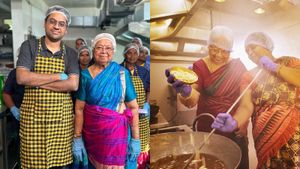It won’t be an exaggeration to say that Manish Mehrotra set sail the tide of progressive Indian cuisine way back in 2009 when he unleashed Indian Accent in New Delhi. Who else can smear chunky pork ribs with sweet and sticky chunda pickle, accessorise the humble dhokla with haute black garlic chutney or turn old-school churan and anar into funky popsicles? Mehrotra is a creator: His dishes are edible, personal stories that traverse places, perspective and tradition.
We caught up with the celebrated chef on his philosophy on food, life and more.
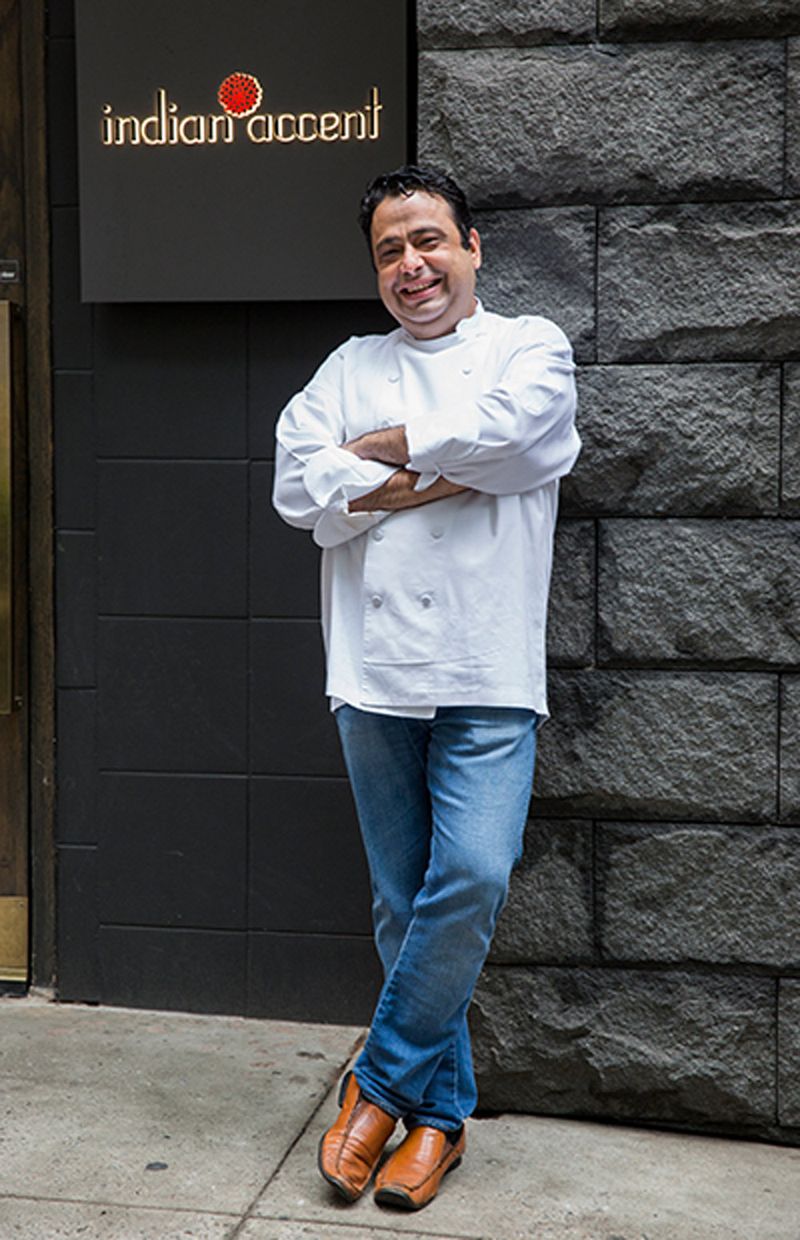
You have just launched a new menu at Indian Accent Mumbai – the third in eight months. How do you keep reinventing and pushing the culinary envelope?
You see, tasting menus are primarily seasonal. So this one has aamras and lighter items like dhokla, smoked papad which is like a salad, etc for the summer. A new tasting menu also gives us an opportunity to change the theatre. How many times can a person eat the same tasting menu which he has already eaten once or twice? We keep innovating so that the regular clientele has something new every time he comes in. We are also now getting the hang of the Bombay palate and what it likes.
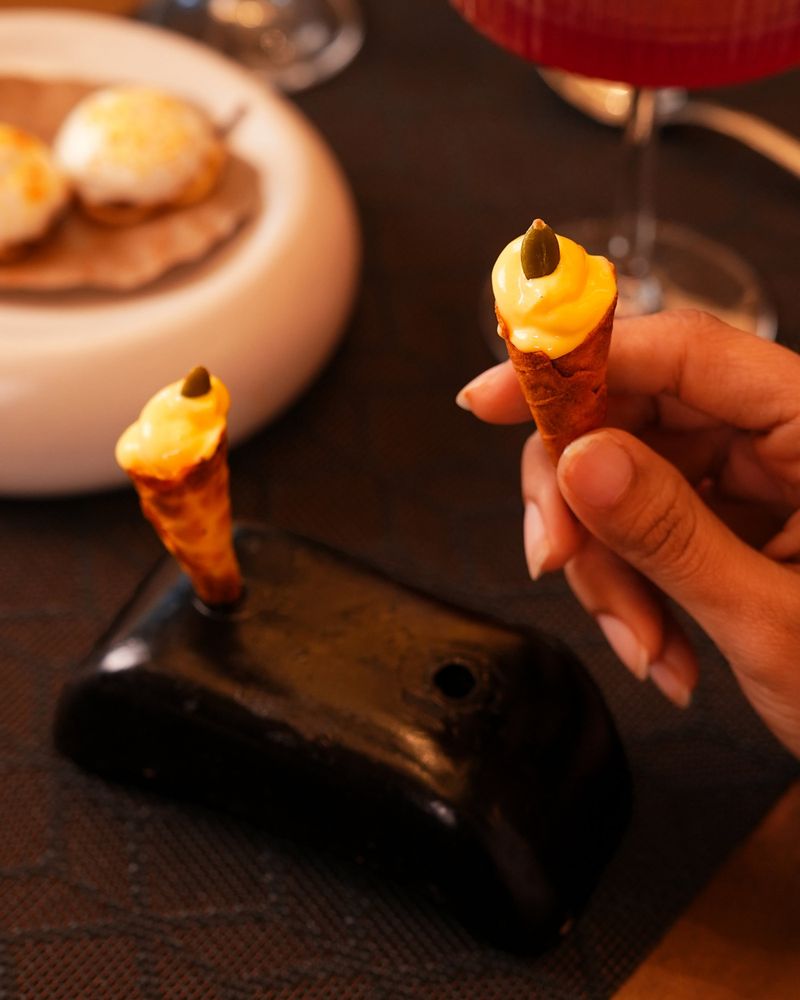
It’s ironic that the #1 chef in India didn’t want to be a chef! Do you remember when you first fell in love with food?
Honestly, I was never inspired by my mother or my aunts or siblings to be a chef. Nothing of that sort happened to me. It was at the catering school in Mumbai that I veered towards food. Among all the various departments I found the kitchen to be the most interesting and innovative. This was 30 years ago at the Dadar Catering College. I chose kitchen and here I am.
You grew up in Patna in a large joint family. What kind of meals do you remember eating at home?
Ours was a completely vegetarian household. Items with onions were cooked on a separate stove with another set of utensils, whereas garlic never entered the house. It taught me that you don’t need thousands of ingredients and masalas to make delicious food. Even simple, vegetarian food without onion and garlic can be extremely tasty. That’s been my food philosophy till now.
Did your family observe any rituals or traditions around food?
Though we are Khatris from UP, my forefathers were settled in Bihar. So the food was typically Khatri food with a Bihari influence. Weekdays were reserved for simple meals like peeli dal, sabzi and roti, but Sundays were marked with chhole bhature. Festivals were celebrated with great aplomb with special food like nariyal burfi on Janmasthami, gujiya on Holi, puri, kala chana and halwa on Navratri, etc. Everything was made at home, including snacks such as samosa, kachori, mathri, etc. Apart from aatewala baked biscuits which came from Delhi, everything was homemade.

You respect the traditions of the Indian kitchen, but you also like to push boundaries. Is it necessary to learn the rules before you can break them?
It’s important to know your basics before you start playing with something. Building a good foundation is very important. It’s only when you know how things are going to behave can you play with it. Basics are very important and you have to be thorough with them. Start with a simple onion and tomato gravy and perfect it before you venture into more complicated things.
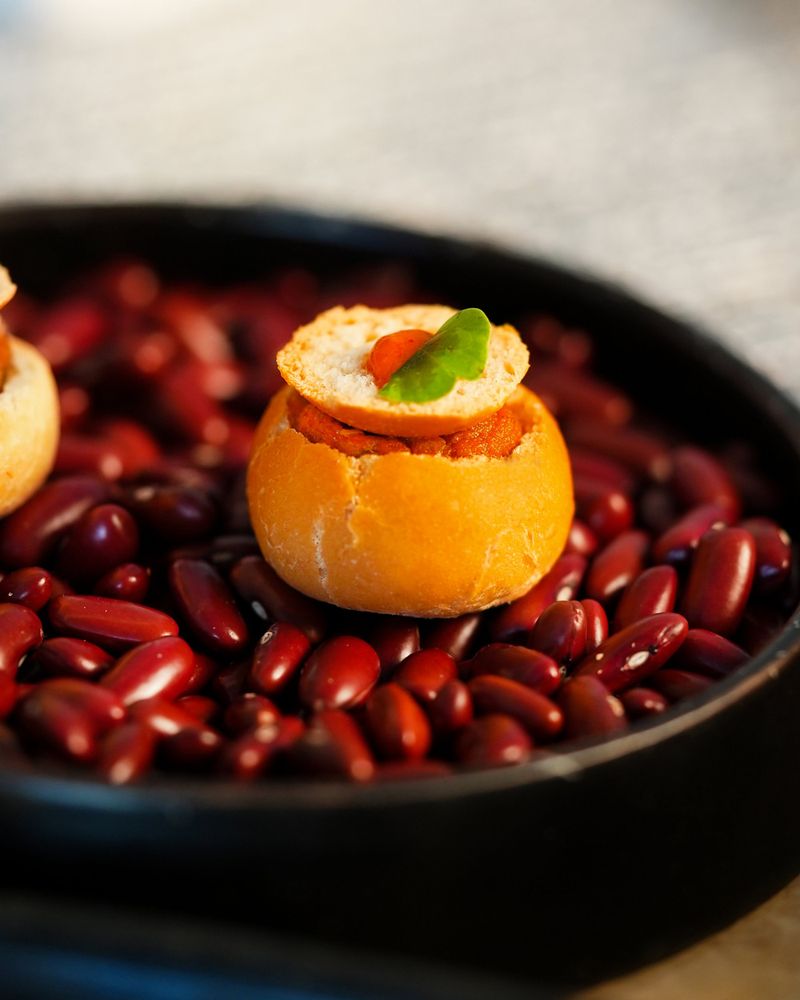
What are the main challenges in Indian cuisine today?
Honestly speaking, there are no challenges. All we have to do is come out of the set mould, break the boundaries and experiment while retaining the correct flavour of the dish. How will the cuisine advance if we remain stuck in preconceived ideas? Imagine if people in China insisted that noodles can only be made in a high pressure, 40-inch cast iron wok or nothing at all would Indian households be making noodles twice a week? We have to adapt to newer techniques and different environments. Only then the cuisine will move forward.
A cuisine becomes popular only when people living abroad start making it. Pasta and macaroni are made in most homes in India, albeit with onions and tomatoes and a tempering of zeera and hing. We love our pizza with paneer tikka! But Indian food is still believed to be complicated, smelly and requires the knowledge of numerous spices. This has made the cuisine intimidating and mysterious. We just have to break free of these myths.
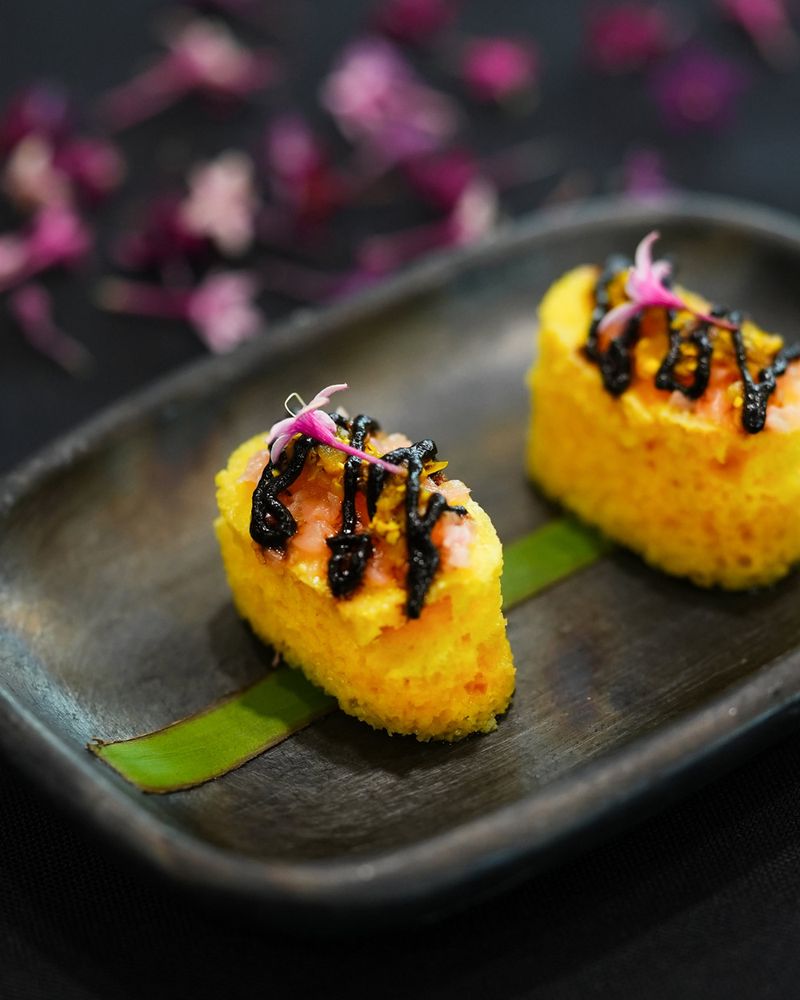
Naan oozing with blue cheese, doda burfi treacle tart, moongdal chilla with smoked duck, tadgola in a waffle, dhokla with black garlic chutney…where do you find such inspiration?
As much as I love to study and research cuisines, I also depend a lot on my travels around the world. I am always inspired by classic combinations and flavour profiles. Ultimately there has to be a reason for the dish to exist. Why meetha achaar spare ribs? That’s because pork ribs go very well with something sweet, sticky. Our meetha chunda is sweet, savoury and sticky. So pork ribs with meetha achaar arrives at the same flavour profile but with an Indian twist.
David Chang’s Momofuku Ko, closed early November 2023. Noma has announced that it is shutting its doors for regular service at the end of 2024 as it transitions into a full-time food lab and occasional pop-up. What are your thoughts on fine-dining?
I feel fine-dining will always be there. There are so many restaurants where you don’t just go to fill your stomach. You go for an experience, for the theatre. That’s what fine dine is all about. It will definitely become more exclusive but I don’t think it’s ever going to die.
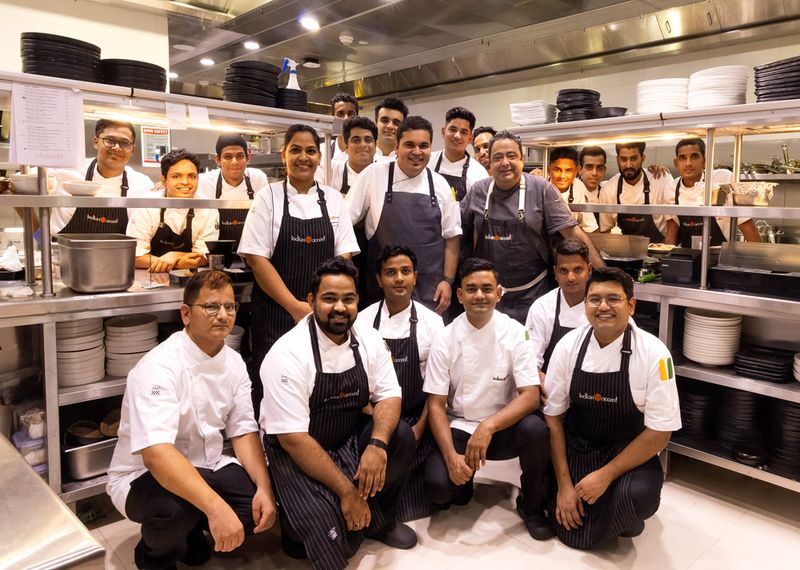
Which hallmarks of your style would you say can be traced back to your mentors?
I have worked with many chefs whom I have learnt immensely from. Ananda Solomon used to always say: taste, taste, taste. Even if you are top chef, never rely on gut feeling. Always taste your food. Secondly, the plates that come back to the kitchen teach you far more than the plates that are sent out to the guest. The amount of food left on the plate gives us an insight on what the guest might have liked, didn’t like, the quantity of the food, etc. Our servers are trained to check with guests when they see that much of the food has been left untouched. Feedback is very important. Why do people go to restaurants – to enjoy, celebrate and be happy. Whatever you do, make sure you make them happy.
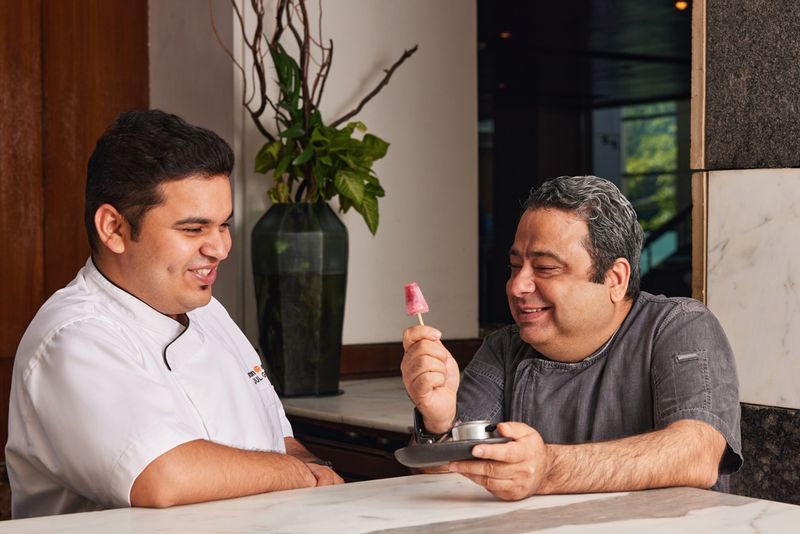
Does India’s #1 chef ever feel the weight of that status?
I recently went to Bandra Born and was bowled over. Gresham is one of the most talented and underrated chefs in India. He’s a chupa hua chef who doesn’t want to step into the limelight (laughs). When I was eating his food I didn’t feel like the number one chef. All I was thinking of was “Wow! why didn’t I think of this?” There is no 1,2,3… all of us chefs… Hussain of O Pedro and now Papa’s, Varun Totlani of Masque are doing our work in different ways. I don’t feel the pressure of numbers. It’s only when I taste other chefs’ good food that I feel the pressure. I think every chef should feel this kind of pressure.
Rapid fire with Manish Mehrotra
An ingredient you are obsessed with at the moment?
I love coconut. It’s one of the most versatile ingredients to work with.
Comfort food for you
A nice bhelpuri or soupy Maggi. I only eat Maggi made by myself.
How do you unwind?
Movies (especially South Indian films dubbed in Hindi) and music.
What’s the one ingredient that’s always in your fridge?
Oyster sauce and Parmesan.
When you eat something nice do you also ask for the recipe?
No. I try to break the recipe myself.
What next?
A Comorin for Mumbai.



